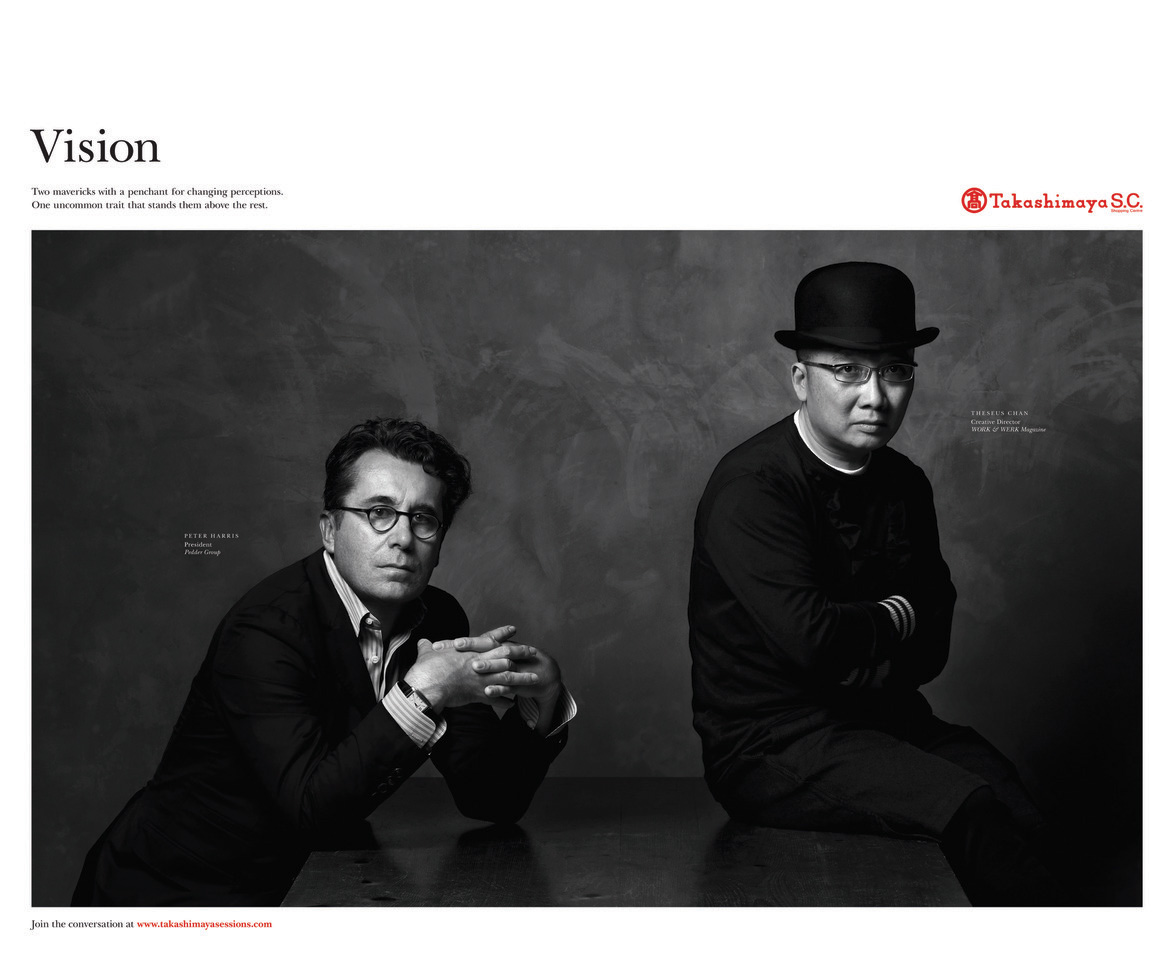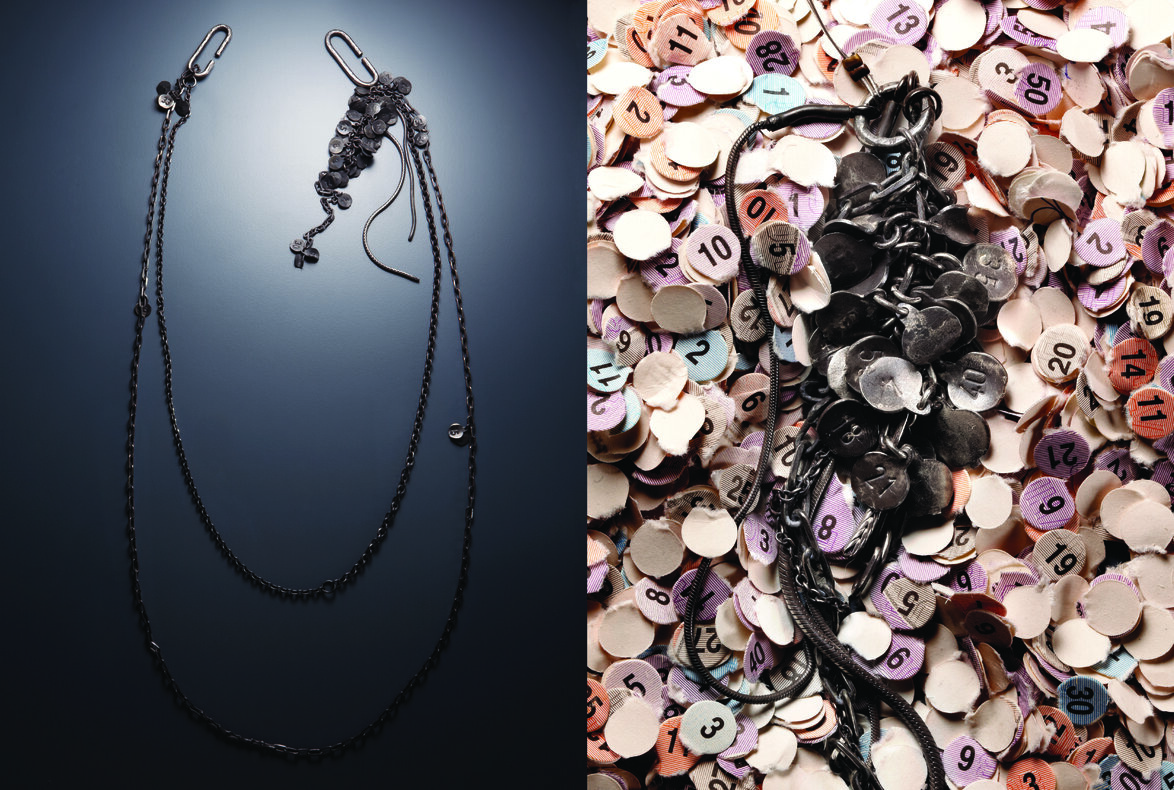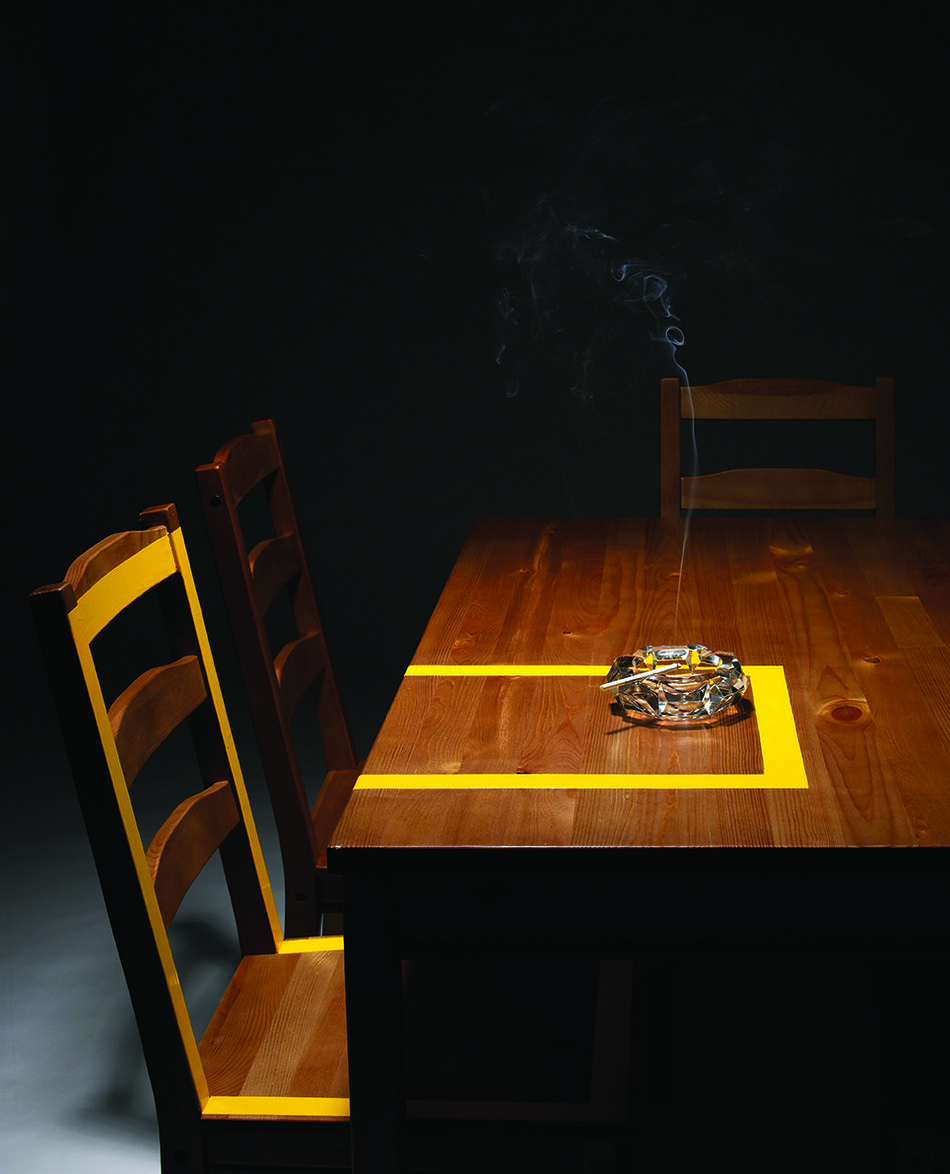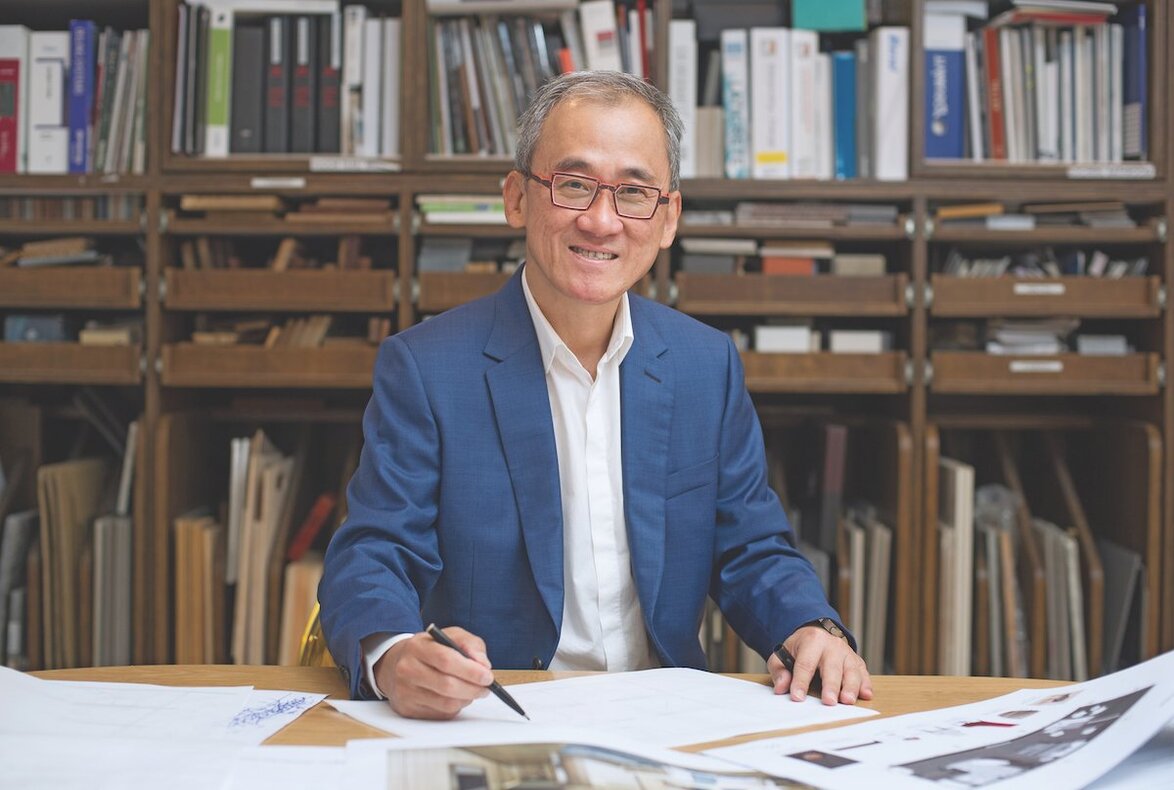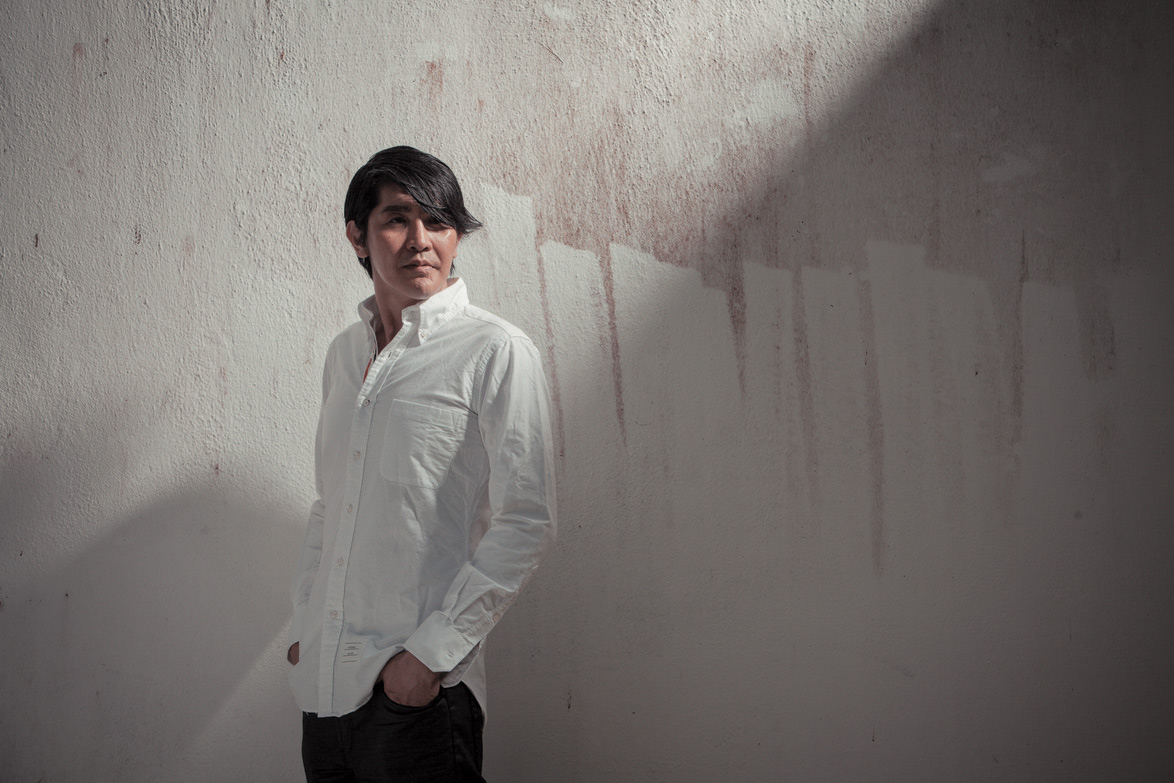Inspired by comic illustrations from Hong Kong, Larry knew from young that he wanted to be a creative practitioner although his parents were not supportive of his ambition. Since his family’s financial circumstances did not allow him to take music or art classes, he taught himself to play the guitar and to draw. “I knew I can’t be selfish about what I do. There is a greater goal I need to achieve. It’s not just about pretty things and making money”, he says.
He didn’t know his “greater goal” then, but today, the multiple award winner is well aware of his biggest motivation as a designer: helping people solve problems.
Larry’s designs reflect three influences that he says also sum up his style: past, present and future. Heavily influenced by the past while living in the present, he is constantly thinking of the future. A line from author Marshall McLuhan, which he read as a student, resonates with him to this day: “We march backwards into the future”.
Finding the present “very polluted” due to the influx of large volumes of instant information over the social and other media in this Internet age, he asks himself if a design is really necessary before proceeding with it. “If there’s no need to create something to pollute the environment, then don’t do it”, he says. By the same token, when he believes that a problem does not lie with design, he would readily tell a client so.
Larry says that every designer must have empathy in order to establish rapport with the client. American designers Charles and Ray Eames could have instilled this belief in him. “Whatever they did, they tried to perfect it for kids and the environment. They tried to find ways to produce a thing cheaply so everybody could enjoy it”, he says.
Larry would sometimes suggest a project of a smaller scope than what a client requests if he is convinced this would be the best solution for the client. Because of his strong wish to provide solutions, he hopes to see more designers focus on ideas that work for clients rather than those that are simply “award winnable”.
Of the projects he has done, three give him the greatest satisfaction. The first is his “Objects” series, born of his wish to tell Singapore stories beyond the stereotypes. Acknowledging himself to be “pretty nationalistic”, Larry says: “If Singaporeans don’t look up to our own quirks, we can’t expect the rest of the world to look up to us and realise they are part of our culture”.
Secondly, his “Subjects” series, produced in collaboration with artists related to the subjects on which he makes social commentaries. Examples are his Smoking Table, which is a dining table and chair enclosed within a yellow-dotted perimeter as a parody to the line used in Singapore’s designated public smoking zones that separate smokers from non-smokers; and his well-received tissue packs in 2004/05 which explained their unique use in reserving seats, especially during peak hours, in the city’s busy food courts.
Finally, there’s the Singapore Economic Development Board’s spatial branding project on the 28th level in Raffles City, used for VIP meetings. Larry spent an entire week sketching and making observations on this floor before coming up with the idea to turn the corporate space into a “home” symbolising how Singapore is like “a home in Asia that’s future-ready”. The idea playfully incorporates interactive elements and displays that convey Singapore’s successes, such as its Water Story and its reputation as a medical hub.
Pursuing accolades and awards has never been high on Larry’s priorities, but he believes that the President’s Design Award has a significant role to play in influencing the state of design in Singapore. “You need to let Singaporeans appreciate your work in order for the global audience to say that this guy is serious”.
Now that he is a recipient of the honour, Larry hopes to be an example of someone who follows passion and logic, and tries to produce works that are globally relevant.
The articles he has crafted in his “Objects” series are of the highest workmanship and design standards, and he created these without any intention of selling them. Instead, he hopes to elevate them to art objects and exhibit them one day so they forma narrative for people to “look at, learn from or be inspired”.


